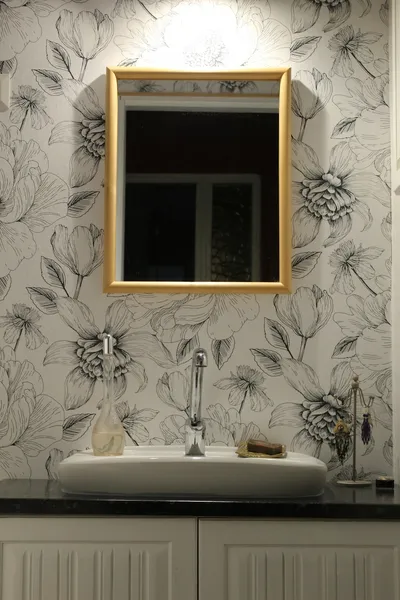Introduction to Energy-Efficient Home Design
As the world becomes increasingly aware of the importance of sustainability, incorporating energy-efficient design elements into your home has never been more vital. Not only do these practices help reduce your carbon footprint, but they can also lead to significant cost savings in the long run. This article explores practical tips and tricks for designing an energy-efficient home.
Insulation: The Key to Energy Efficiency
One of the most effective ways to make your home energy-efficient is by ensuring proper insulation. Well-insulated homes retain heat during winter and stay cooler in the summer, reducing the need for excessive heating and cooling. Consider using eco-friendly insulation materials such as sheep's wool, recycled cotton, or cellulose made from recycled paper products.
Benefits of Insulation
- Reduces energy bills
- Improves indoor comfort
- Lowers greenhouse gas emissions
Solar Panels: Harnessing the Power of the Sun
Installing solar panels is a significant step toward achieving an energy-efficient home. Solar energy is renewable, plentiful, and can drastically cut down your reliance on fossil fuels. Position your solar panels on a south-facing roof to maximize sunlight exposure.
Why Choose Solar Panels?
- Reduces electricity bills
- Decreases dependency on non-renewable energy sources
- Increases property value
Energy-Efficient Appliances: Making Smart Choices
Upgrading to energy-efficient appliances is another effective way to reduce energy consumption. Look for appliances with the ENERGY STAR label, which signifies that they meet specific energy efficiency criteria set by the Environmental Protection Agency (EPA).
Top Energy-Efficient Appliances to Consider
- Refrigerators
- Washing Machines
- Dishwashers
- LED Lighting
Smart Home Technology: Automating Energy Savings
Integrating smart home technology can further enhance your home's energy efficiency. Smart thermostats, for example, learn your schedule and adjust the temperature accordingly, ensuring optimal energy use without sacrificing comfort. Similarly, smart lighting systems can be controlled via your smartphone, allowing you to turn off lights remotely and set schedules to avoid energy wastage.
Landscaping for Energy Efficiency
Believe it or not, your garden can also play a role in improving your home’s energy efficiency. Strategic landscaping can provide natural cooling during hot seasons and wind protection during colder months. Planting trees around your home can create shade, while shrubs and bushes can act as windbreaks, reducing heating needs.
Top Landscaping Tips
- Plant deciduous trees on the south and west sides of your home
- Use native plants to reduce water consumption
- Create windbreaks with dense shrubbery
Conclusion
Designing an energy-efficient home requires a combination of strategic planning and smart choices. By focusing on proper insulation, harnessing solar energy, upgrading to energy-efficient appliances, integrating smart home technology, and considering energy-efficient landscaping, you can create a home that is both sustainable and stylish. Start making small changes today to contribute to a greener future.
Top Interior Design Posts
Discover the most popular interior design and home decor articles, loved by our community for their style and practicality.

Green Wall Ideas: A Step Towards Sustainable Living

Creative Ways to Incorporate Greenery into Your Home Decor

Creating Beautiful DIY Terrariums for Your Home

